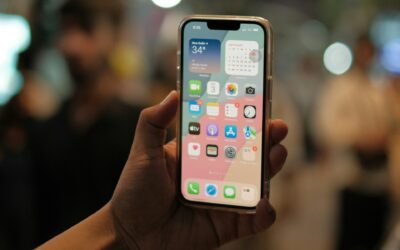In the ever-evolving world of internet privacy and digital marketing, the choice between datacenter proxies and LTE proxies can substantially impact your strategy's success. While datacenter proxies are renowned for their speed and cost-efficiency, their vulnerability to detection poses a considerable challenge. Conversely, LTE proxies, with their genuine IP representation via mobile networks, offer enhanced anonymity but at a higher cost and potentially reduced speed. This juxtaposition of characteristics raises critical questions about their ideal applications and the strategic decisions they necessitate. How do these differences align with your specific needs and objectives?
Understanding Datacenter Proxies
How do datacenter proxies function within the vast ecosystem of internet technologies?
Datacenter proxies are intermediary servers that provide anonymity by routing user requests through a network of data centers. Unlike residential proxies, which use real user IPs, datacenter proxies utilize machine-generated IP addresses, offering scalability and speed.
These proxies facilitate tasks such as web scraping, bypassing geographical restrictions, and managing multiple online accounts efficiently.
Exploring LTE Proxies
LTE proxies represent a unique category within the proxy ecosystem, leveraging mobile networks to provide IP addresses associated with real mobile devices.
These proxies offer several advantages:
- Authenticity: Mobile IPs appear more genuine compared to datacenter IPs.
- Reliability: They frequently rotate, reducing the risk of detection.
- Accessibility: Widely used across various regions and networks.
- Versatility: Suitable for diverse online tasks, from web scraping to social media management.
Speed and Performance Comparison
When evaluating proxies, speed and performance are critical factors that differentiate datacenter proxies from LTE proxies. Datacenter proxies typically offer higher speeds due to their direct connection to high-capacity servers, minimizing latency.
Conversely, LTE proxies, reliant on mobile networks, may experience variable speeds due to network congestion and signal strength. Therefore, for tasks demanding consistent high-speed connections, datacenter proxies are often preferred.
Cost Analysis
In evaluating the cost of proxies, one must consider the fundamental differences between datacenter and LTE proxies.
Datacenter proxies typically offer lower costs due to their virtual nature, whereas LTE proxies, leveraging mobile networks, tend to incur higher expenses.
Key cost factors include:
- Infrastructure and technology
- Bandwidth and data limits
- Geographic distribution
- Service provider pricing
Detection and Security
Ensuring robust detection and security is paramount when choosing between datacenter and LTE proxies.
Datacenter proxies are more susceptible to detection as they utilize IP addresses from known server farms, increasing the risk of being blacklisted.
Conversely, LTE proxies, leveraging mobile networks, offer enhanced anonymity and are harder to detect due to their residential IP addresses, providing superior security for online activities requiring discretion.
Use Cases and Applications
Diversity in proxy application reveals the unique advantages of both datacenter and LTE proxies across various use cases.
These tools empower businesses in several critical areas:
- Web scraping: Datacenter proxies offer high-speed data acquisition.
- Ad verification: LTE proxies provide real-user IPs for accurate results.
- Bypassing geo-restrictions: Both proxies excel in accessing region-locked content.
- Bot management: Datacenter proxies handle high traffic efficiently.
Choosing the Right Proxy
Selecting the appropriate proxy type is essential for optimizing performance and meeting specific business needs. Datacenter proxies offer high speed and cost-efficiency, ideal for large-scale data scraping. LTE proxies, using mobile networks, provide greater anonymity and IP diversity. Consider the following comparison:
| Feature | Datacenter Proxies | LTE Proxies |
|---|---|---|
| Speed | High | Moderate |
| Cost | Lower | Higher |
| Anonymity | Lower | Higher |
Additional Insights and Data
In essence, datacenter proxies and LTE proxies each offer unique advantages and limitations, making them suitable for different applications. Datacenter proxies provide high speed and cost-effectiveness, ideal for tasks requiring rapid data processing, such as web scraping. However, they are prone to detection. LTE proxies, with their use of mobile networks, offer more authentic IP addresses, enhancing anonymity for activities like ad verification, though at a higher cost and lower speed. Selecting the appropriate proxy depends on specific task requirements and priorities.















































